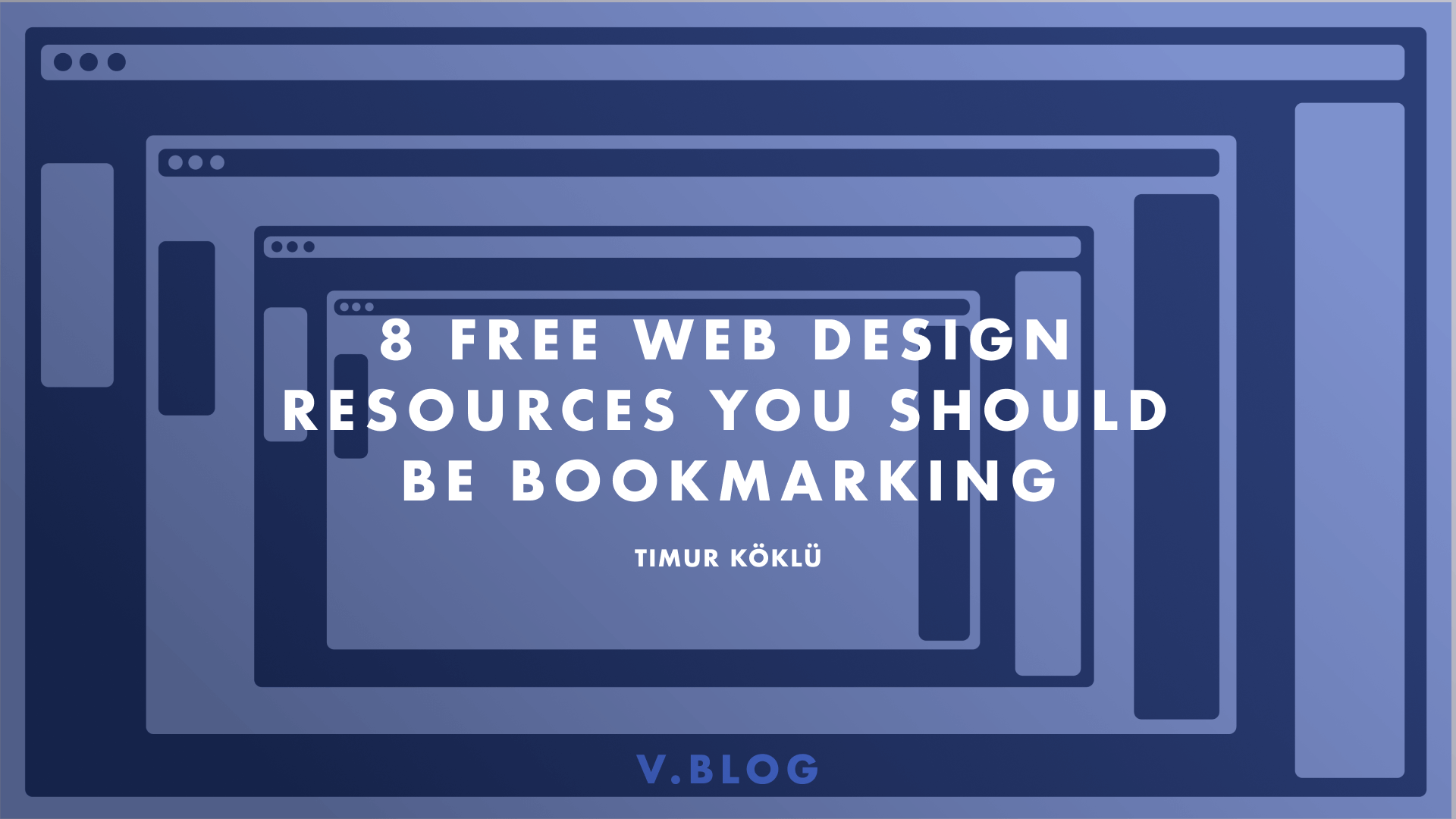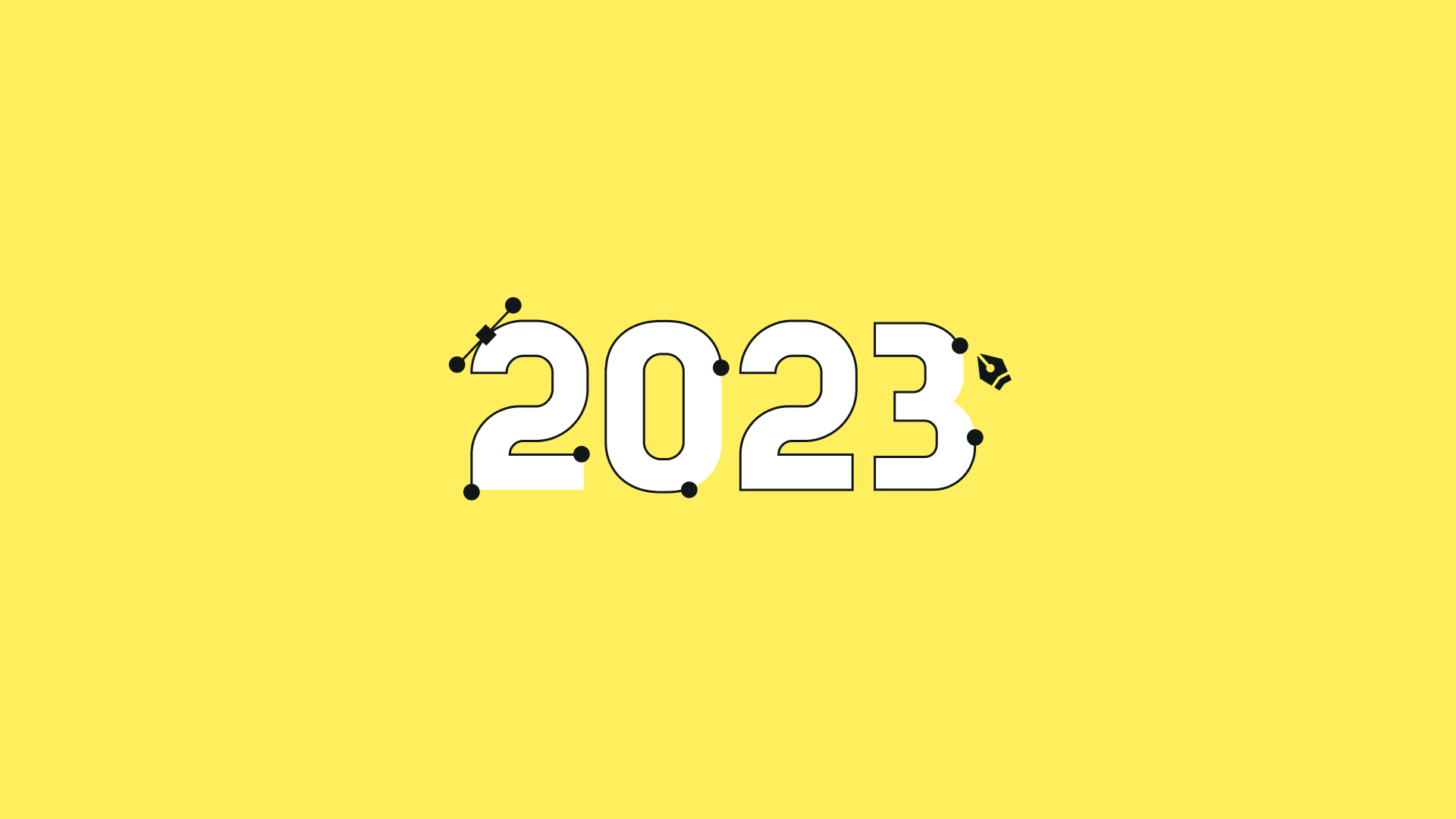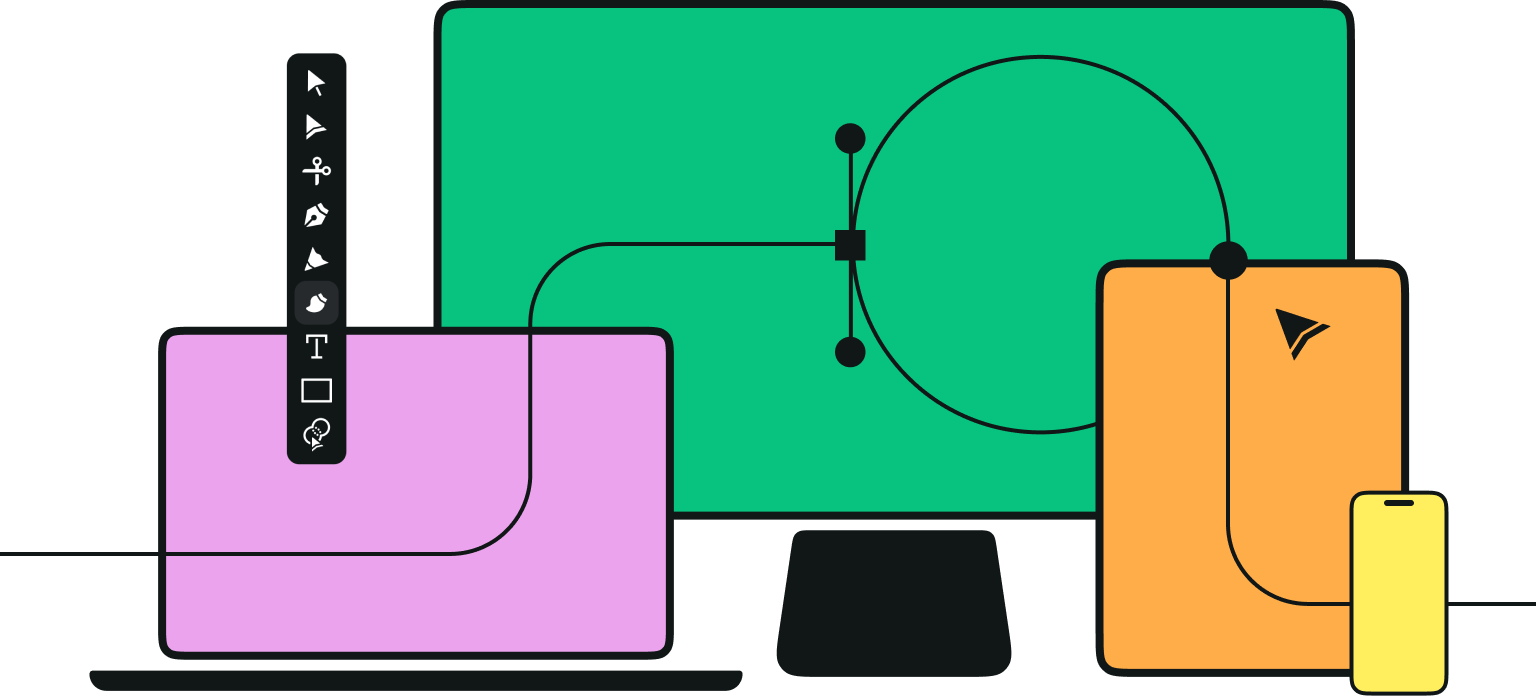Regardless if you are working in a complex design environment or hope to implement simple routine creative tasks, it is not hard to guess that you often turn to particular web design resources that help you make things simpler. Some of these solutions may be old and clumsy, yet they are exactly what assists us and makes us feel right at home. It is like a secret bag of tricks that helps us to achieve our goals and meet our needs.
For example, when using Vectornator, any designer will discover certain hidden features and will make use of a workflow that will feel natural. Nevertheless, if you want to grow as a professional, do not ignore exploring new territories and look out for additional free web design resources to boost your creativity. Even if you just broaden your skills and knowledge, it is worth it.
1. Canva
It offers both free and paid options. What makes it different is that it has great integration with the web and social media environments. If you hope to save some time and create Instagram story graphics and reach certain benchmarks, it acts as a handy tool. It has millions of free stock images that can be used, or vectors, and illustrations that serve as the starting points.

You will also enjoy free fonts, classic icons, and vector features that will also help you adjust your professional layouts via a drag-and-drop approach. If you need additional custom features, you can pay about $9.95 per month.
But Canva is really limited in their use-cases. If you want to take your designs further, even as a beginner, we would recommend you to check out our design software Vectornator. We also offer all sorts of social media templates.
2. Google Web Designer
Before you claim that it is too simple for you, many professional web designers turn to this free solution that can assist you in the creation of interactive ads, design blocks, and animations. It is based on an HTML5 engine that will let you start from anything like static cue cards to more complex 3D graphics.

If you want to add motion without having to adjust someone's code or JAVA add-ons, Google Web designer is worth checking out. It keeps your usual design environment simple and will not slow down your system, quite an important point to consider!
3. Webflow
It starts as a free web design resource and has various paid plans that start at $12 per month. Speaking of its features, it provides you with a responsive web design solution that includes CMS instruments, web hosting management, and an all-in-one environment where you can compose sliders, logos, tabs, and background multimedia elements.

For instance, if you want to add design lettering and need to visualize it, you can check this helpful site that offers you a real-life design example of educational flashcards. Be inspired and use all the free resources and materials that are available.
4. Vectr
If you want to try something online for fun when you have a few minutes to kill, you can check this free vector graphics software that can be run online without the installation of any apps. It has an easy and intuitive process, which will run on any platform (cross-platform features!) and help you share your creations without wasting any time.

What makes it good for web design collaboration is that it will have a URL for every creation, which can be accessed on desktop computers or various mobile devices. As long as you have an online connection, just head over to Vectr and test your design ideas.
5. Skitch
It is a great app created by people behind the famous Evernote solution that allows web designers to communicate their ideas with the help of visualization. It is one of the best tools for collaboration when you need to leverage sketch designs to explain things.

When you do not want to share your confidential logos or anything that can be taken away, using Skitch you can provide your clients and co-workers with a good outline to express your ideas. You can use any platform and share free of charge. If you need additional features, it will cost you $24.99.
6. ColorZilla
It is what most web designers are forced to use these days when they are dealing with CSS gradient generation tools. You can choose between a tool for Chrome and Firefox that has an advanced Eyedropper tool or turn to a more powerful solution with CSS gradient editor, CSS converter, and various multi-stop gradients.

It works wonders if you consider that it can be done online as you work on horizontal, vertical, or radial gradients by crash-testing your final results right away to check how it suits particular browsers and existing templates that you did not originally create.
7. Crello
When you want to access something that is free, why look elsewhere? It has over 65 million files that cover about 12,000 templates, 33 formats, and 240 fonts. What makes Crello good is that you can test various graphics and create designs that will work well with Instagram posts or business cards.

Once again, you do not have to install anything since it works online and can be shared with your clients by sharing a private link. Once you create your design ideas, you can switch through hundreds of graphics to see what works the best!
8. Inkscape
It fits well for professional illustrators, web designers and developers, and those who would like to create advanced vector imagery. It has free flexible drawing tools, file format compatibility, a decent text editor, and bezier and spiro curves for your design needs.

Furthermore, it may not have some features of commercial design tools, yet it is quite powerful and has a community gallery where you can communicate with other designers.
Simple, Yet True!
The majority of design professionals may create an impression of being minimalistic about their set of tools. This is not entirely true because the key to success is keeping one’s design environment clean and hassle-free. Therefore, when you look for benefits of some additional web design resource, consider these five points:
- Import & Export Features
- The Adjustability of Workflow
- Premium Features & Expandability
- Free Templates & Community
- Customer Support

While these rules may sound overly simple to most of you, these features are often overlooked or ignored as we install this or that resource or read about additional features meeting the industry standards.
Just keep your workflow accessible and make the creative processes in a way that would let you reverse-engineer them. It will help you to make the right choices and know your design tools down to the T.
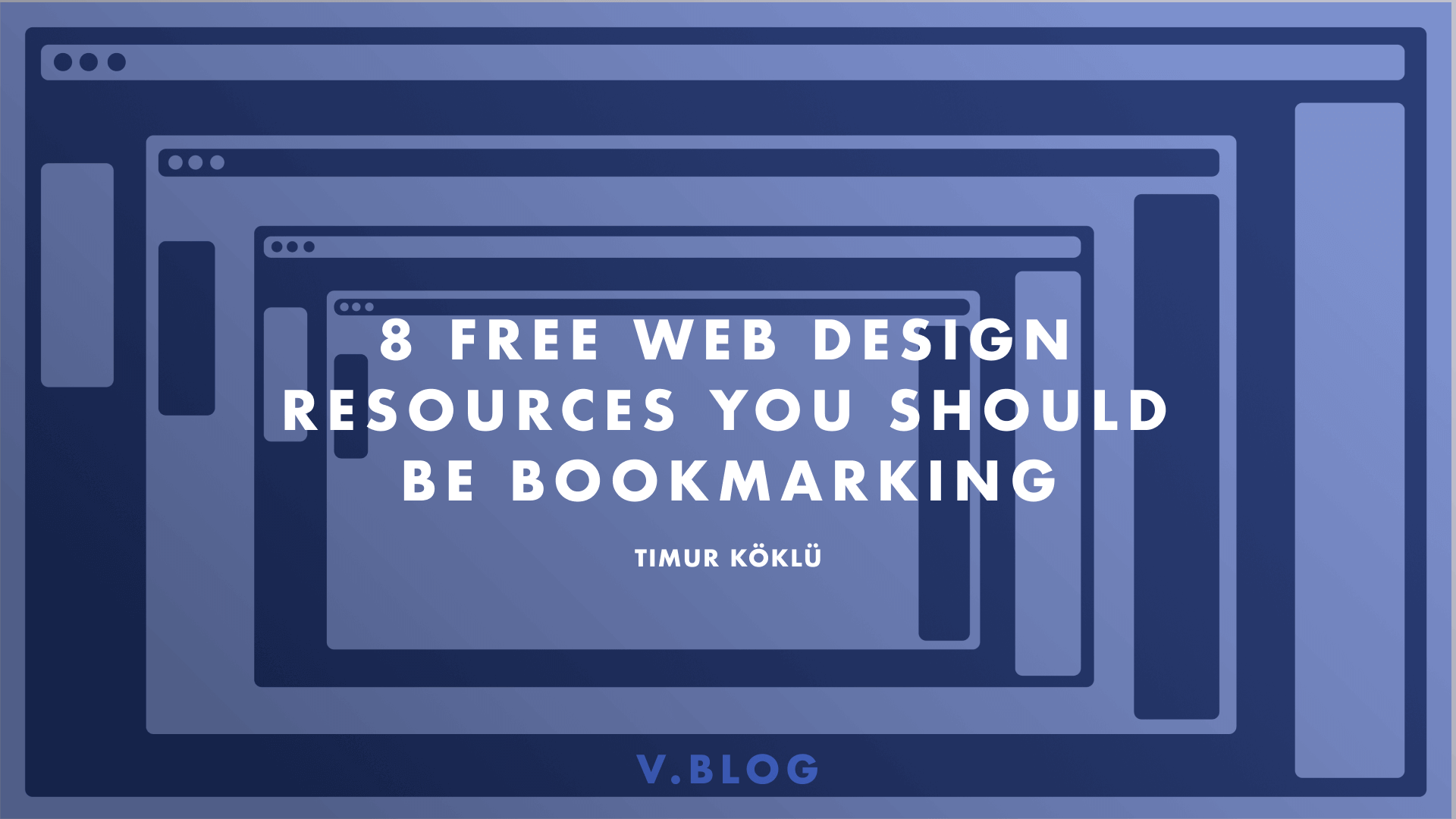

Share this!
Ben Barnhart
Ben is a Content Lead for Linearity living in Berlin. His hobbies include board games, cooking, reading, and writing.


:quality(75))
:quality(75))
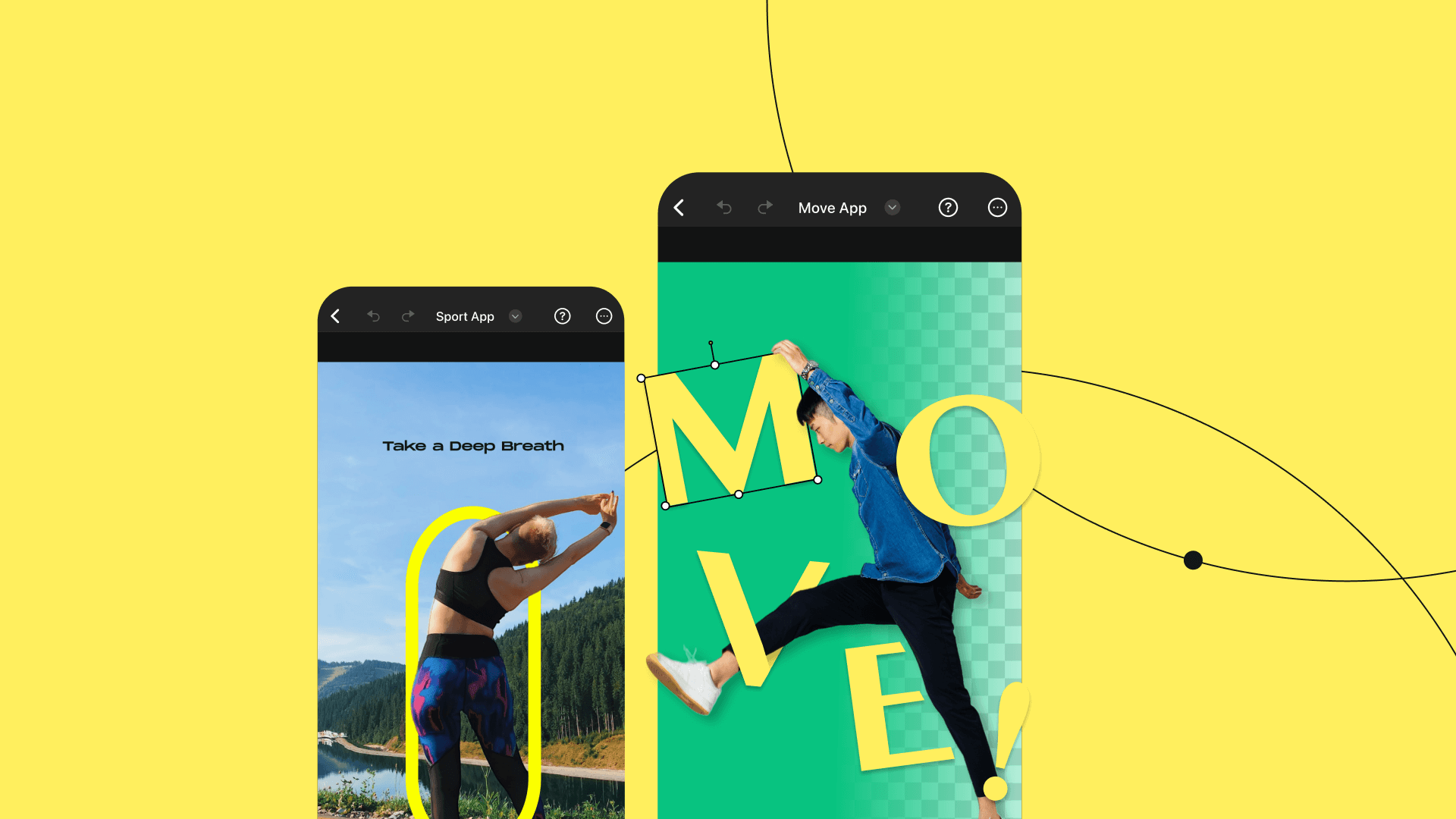
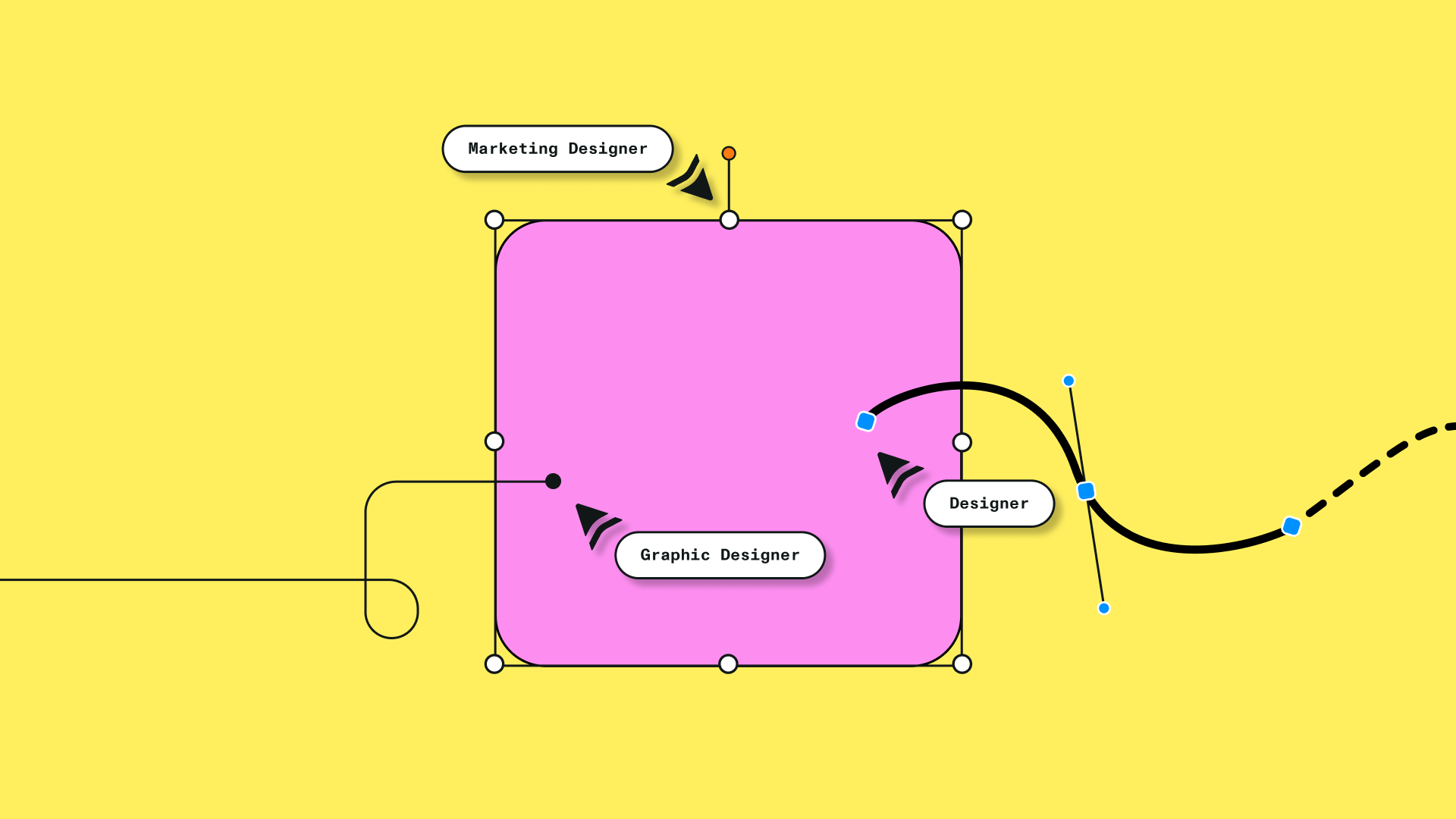

:quality(75))
